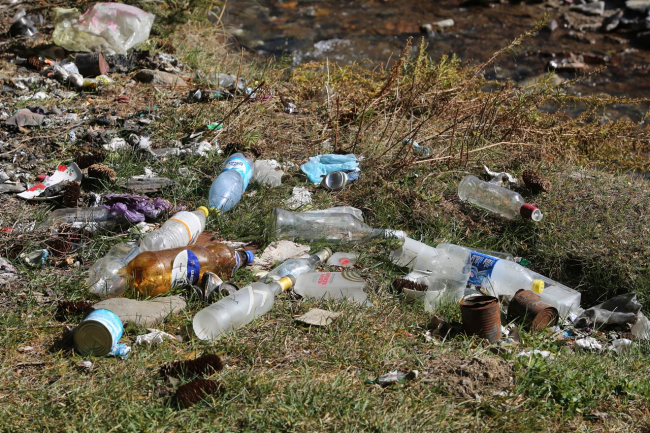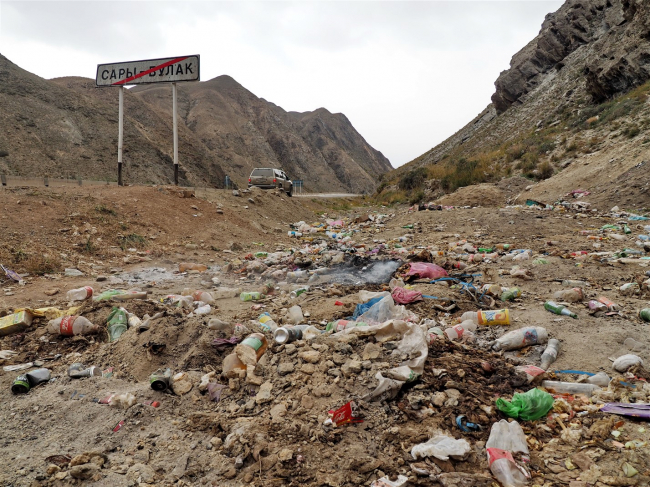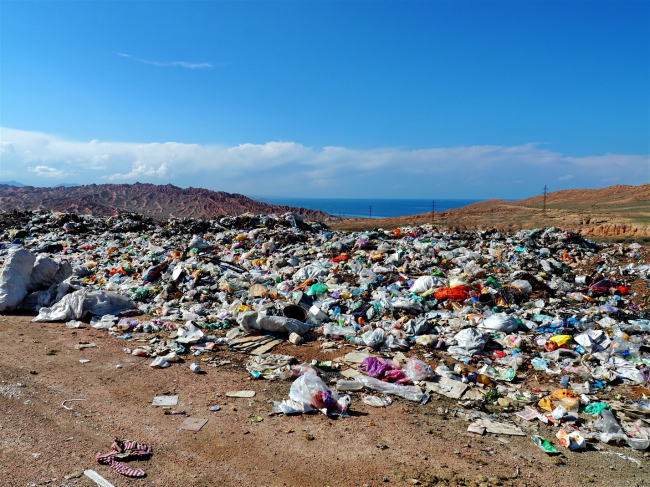Spontaneous Garbage Dumps on the Banks of the Kara-Unkur River
75°46’34″E 41°49’24″N The bank of the Kara-Unkur River along the Kochkorka-Naryn highway is littered with solid household waste and garbage. The accumulation of household waste, pits on the bank filled with broken glass and food waste mixed with plastic, is a scene typical for almost all rivers in Kyrgyzstan where there are so-called "kumys fields." In many places, due to the lack of trash bins, the riverbed is cluttered with garbage, including doors and other car parts, tree



